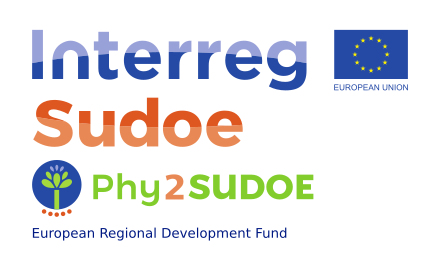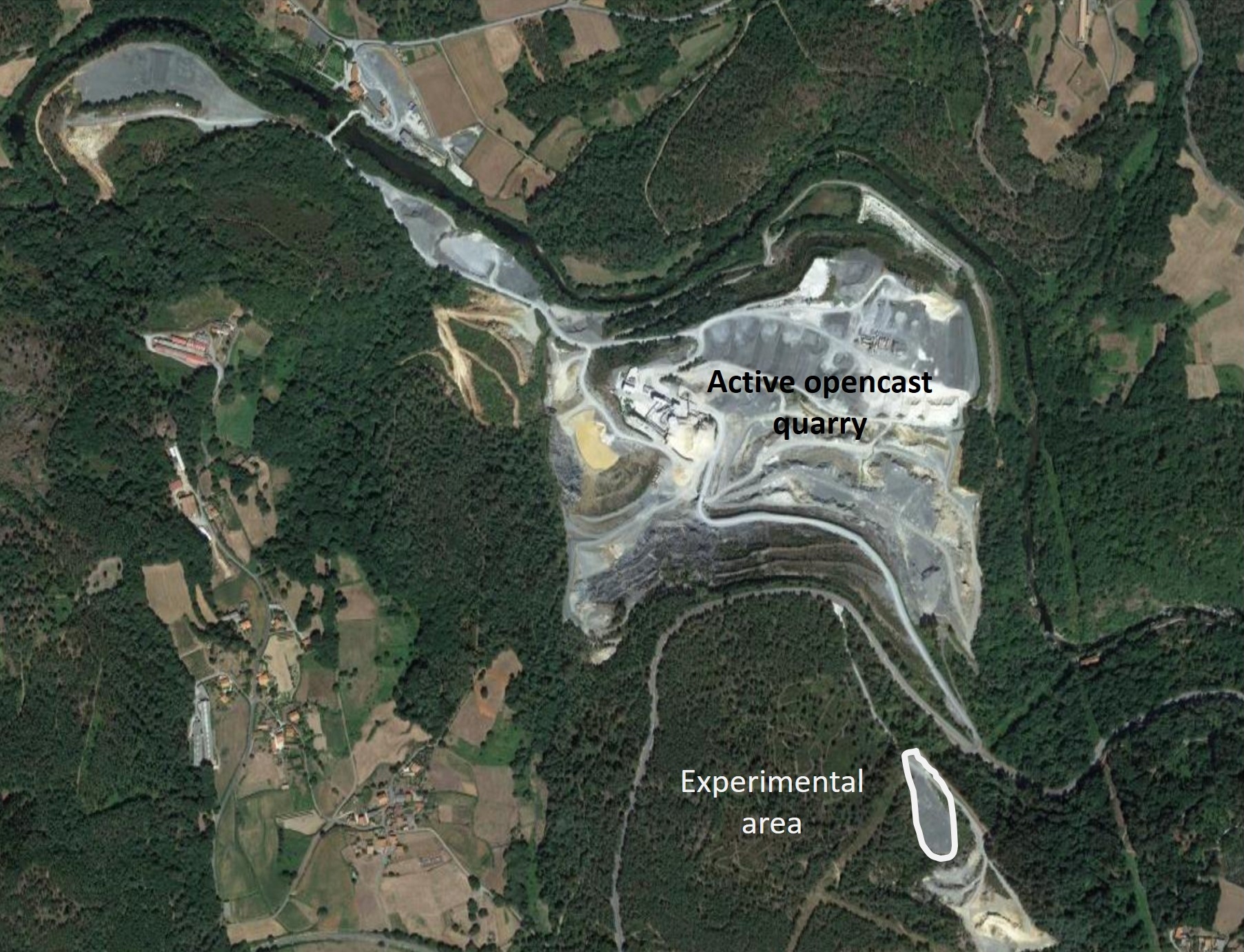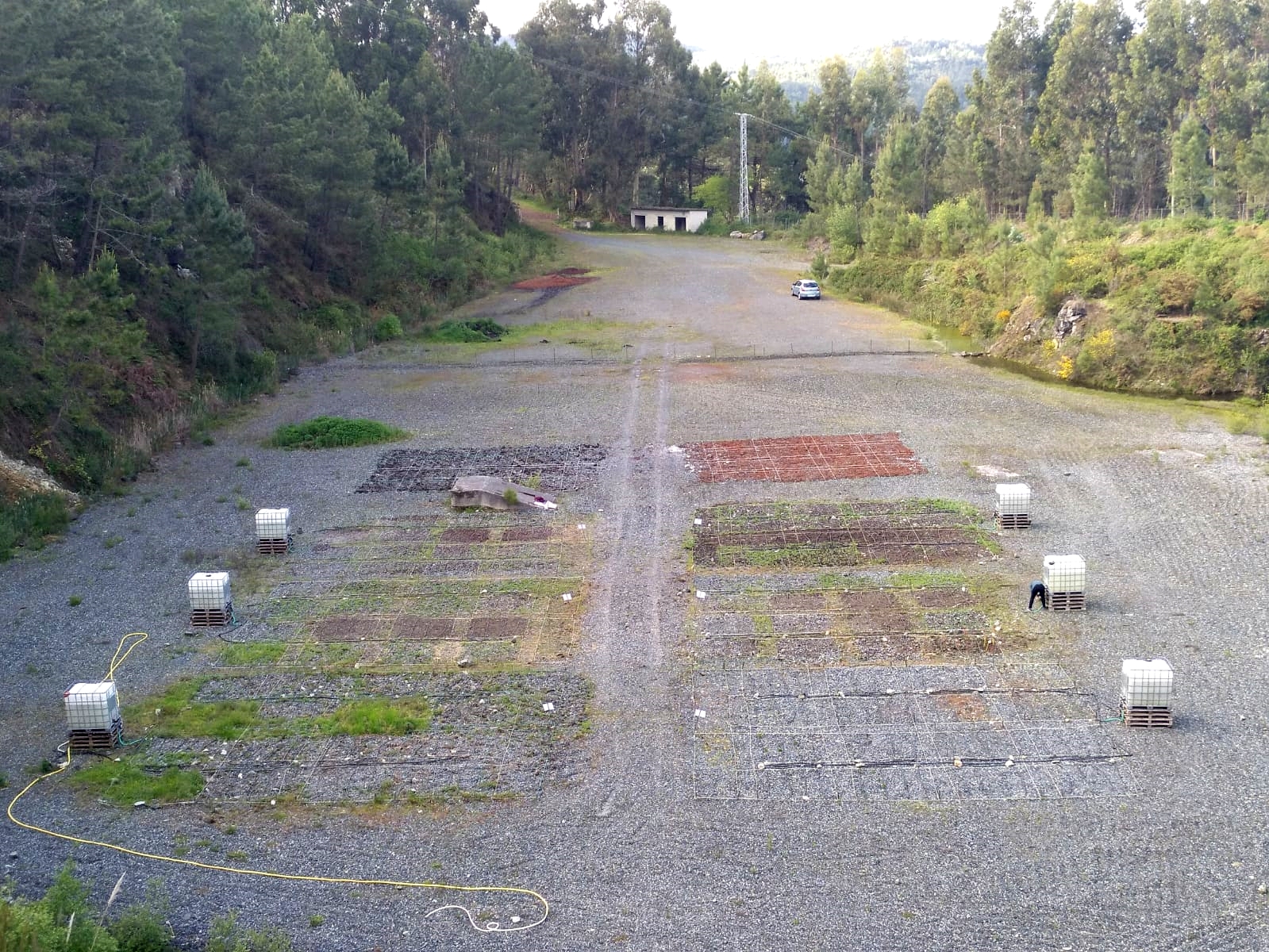Site “NS-5”, Location: Bandeira (Pontevedra, Spain). Serpentine quarry: Ni, Cr
UTM 29T 558540 4734810
Brief description:
Bandeira is located in the Melide-Serra do Careón geological complex, which represents one of the three main serpentine outcrops of the Iberian Peninsula. It is characterised climatically by a high precipitation (annual mean 1375 mm) and mild temperatures (annual mean 12.6 °C).
The active opencast mine is embedded in a substrate of amphibolites and serpentines, covering an area of 40 ha and is dedicated to the extraction of serpentinised peridotite for the production of gravel for construction and ballast for railway tracks. The generated sterile material is accumulated in spoil heaps and these cover an area of around 3.4 km2. The soil derived from the spoil material – classified as Spolic Technosol (IUSS Working Group WRB, 2014) – is shallow and gravelly, with a poor structure, low water retention capacity and is mostly bare of vegetation, with Cortaderia selloana as the only successful colonising plant species. The mine-soil is characterised by a basic pH (7.8) and poor fertility, which is reflected in the low total C and N content and nutrient concentrations (available P and K).
The experimental plots are located in one of the spoil heap of this quarry. A field trial was established at the end of 2015 to evaluate the potential for nickel agromining in Ni-rich mine tailings. At this site different nickel hyperaccumulators are being cultivated: Bornmuellera emarginata, Bornmuellera tymphaea, Odontarrhena serpyllifolia, Odontarrhena chalcidica and Noccaea caerulescens. Different soil amendments derived from biosolids and other stabilised organic wastes are being tested to improve plant growth and biomass production.
This new site is incorporated into the Phy2SUDOE project to evaluate phytomanagement strategies in mine soils.



